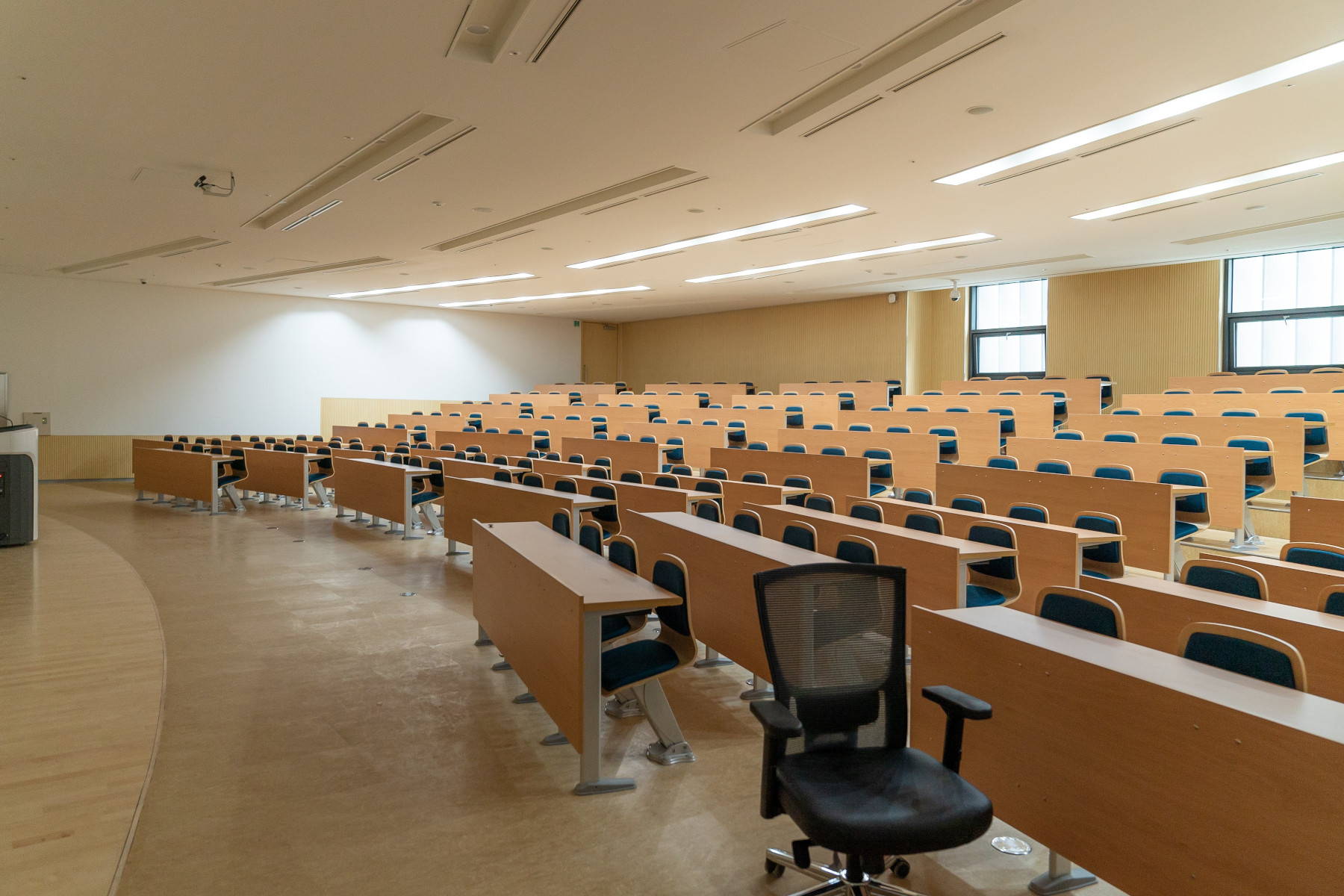Dan Proft and Amy Jacobson spoke with Wayne State University sociology professor Jukka Savolainen about his recent Wall Street Journal op-ed warning that the downsizing of public agencies and reduction of diversity, equity, and inclusion (DEI) programs may be giving rise to a disaffected class of highly educated but institutionally excluded individuals—a group with the potential to become a source of political unrest and possibly violence.
Savolainen, who studies criminology and violence, says we may be entering a period of “elite overproduction,” where the supply of highly credentialed individuals exceeds the demand for their skills. Many of these individuals—often trained in activist-oriented academic disciplines—find themselves lacking marketable skills outside academia or government bureaucracies. As a result, they may feel betrayed by a system that promised them both status and security.
This surplus of ideological but underemployed individuals, Savolainen argues, is historically dangerous. Drawing on examples from 1970s Europe, he described how similar conditions gave rise to radical groups like the Red Army Faction and Italy’s Red Brigades—groups composed of highly educated elites who resorted to violence in response to institutional exclusion. While he clarified that today’s incidents—such as violent protests or politically motivated attacks—aren’t equivalent in scale or coordination, he warned that the underlying social dynamics are worryingly familiar.
Proft and Jacobson noted that signs of this brewing tension are already evident, citing Antifa-led violence, Free Palestine protests, and even the attempted assassination plot against Justice Brett Kavanaugh. Proft framed these incidents as early warning signs of more organized and ideologically driven actions, especially when disaffected individuals seek meaning through radical causes.
Savolainen also pointed to the cultural signals being sent by academia itself. Figures like former Weather Underground members Bill Ayers and Bernardine Dohrn went from domestic extremism to prestigious academic appointments, normalizing once-radical ideologies within university life. While Savolainen doesn’t suggest academia is a breeding ground for terror, he warned that celebrating past radicals may inadvertently legitimize political extremism for a new generation of frustrated intellectuals.
He emphasized that the issue isn’t limited to left-wing politics. Disconnected and status-deprived individuals—whether in inner-city gangs or rural communities affected by economic decline—often respond to disillusionment in ways that can be destructive. But what makes today’s disaffected academics uniquely concerning is their proximity to institutional power and access to sophisticated tools like AI, which could be used to organize more coordinated efforts.
The professor concluded with a hopeful example: a former National Science Foundation employee who, after being laid off, enrolled in trade school to become an electrician. Savolainen suggested that redirecting displaced knowledge workers into productive roles could reduce the risk of radicalization. But he cautioned that without a societal plan to absorb this class, history shows that disillusionment often finds darker outlets.
As protests escalate in European cities and populist parties gain traction across the continent, Savolainen said the U.S. should take note. He pointed to Denmark’s Social Democratic Party—once a progressive darling, now increasingly hawkish on immigration and urban integration—as an example of how elite discontent and cultural instability can reshape even the most liberal societies.
His message was clear: reform institutions, yes—but also understand the consequences of sidelining those who once expected to control them.





